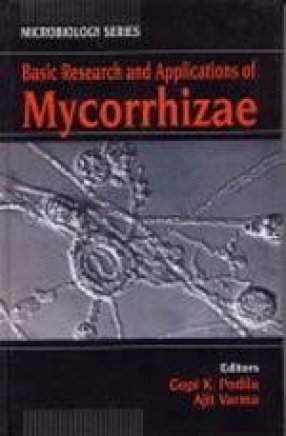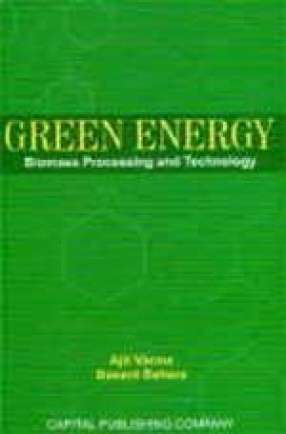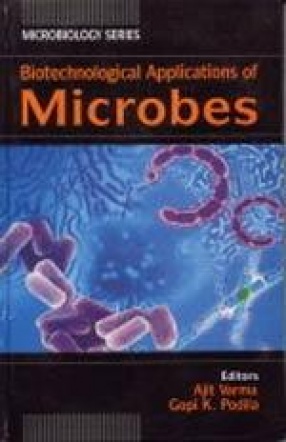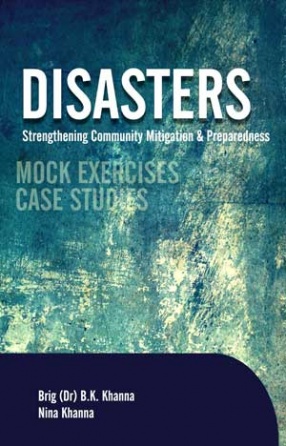Mycorrhizal research has grown by leaps and bounds in the last decades. These fungi promise to promote plant growth, maintain plant and soil health, bio-protection against root diseases, production with reduced fertilizer and pesticides, nutrient acquisition, affect soil skeletal structure holding primary soil particles together, conductive to formation of microaggregate structures, higher rhizosphere population, symbiosis alters host water relations, alter root length and architecture. Fungi help in re-vegetation of landscapes, golf course or contaminated soils, biological hardening of tissue culture raised plants, postpones leaf dehydration, draught responses, osmo-protecting enzymes and enhance P acquisition. AM symbiosis could conceivably affect any of these steps. AMF should be considered alternative to costly soil disinfection. The mechanism(s) by which fungi induce resistance in their hosts and enhancing disease resistance need critical evaluation and examination. Editors see this volume as a tremendously valuable collection of specialized up-date chapters describing the state-of-art and modern protocols in mycorrhizal research, seriously presented and synthesized.
Basic Research and Applications of Mycorrhizae
In stock
Free & Quick Delivery Worldwide
reviews
Bibliographic information
Title
Basic Research and Applications of Mycorrhizae
Author
Edition
2nd ed.
Publisher
ISBN
8188237221
Length
xiv+512p., Tables; Figures.
Subjects








There are no reviews yet.